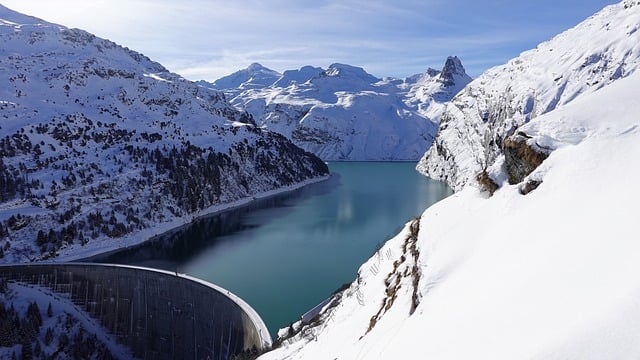Exploring the Impact of Reservoirs on Extreme Weather Patterns in a Changing Climate
The world is witnessing unprecedented changes in climate, leading to extreme weather patterns that affect millions of lives. Among the various interventions developed to manage water resources and mitigate flooding, reservoirs play a controversial yet critical role. Understanding their impact on our environment and climate is essential as we strive to adapt to these changing conditions.
Reservoirs have been constructed for centuries to store water for agricultural, industrial, and domestic uses. They serve as buffers against drought, ensuring a steady supply even during dry years, and can also help in flood control by capturing excess rainwater. However, as climate change brings about more erratic weather events, the challenges associated with reservoirs become increasingly complex.
Environmental Uncertainties
The large-scale alteration of landscapes required for reservoirs has significant environmental implications. The ecosystems that were once present often face disruption, as wildlife habitats are flooded or fragmented. Moreover, the creation of reservoirs affects local climate conditions, with changes in temperature and precipitation patterns that can lead to further challenges. As our climate grows more unstable, we may find ourselves facing scenarios where the benefits of reservoirs do not outweigh their impact on local biodiversity and ecosystems.
The Double-Edged Sword
As reservoirs aim to mitigate the consequences of extreme weather, they can also inadvertently contribute to the problem. Research indicates that water bodies can influence local atmospheric conditions, potentially leading to increased rainfall in some regions while exacerbating droughts in others. The complexity of these interactions makes it difficult for policymakers to effectively manage water resources in an era defined by climate unpredictability.
Adapting to Change
Communities and governments must adopt a holistic approach to water management, taking into consideration the impacts of long-term climate changes alongside immediate water needs. Innovations in reservoir design and operation, such as integrating sustainable practices and advanced forecasting systems, can enhance resilience against extreme weather. Furthermore, investing in green infrastructure can help diversify water management strategies, reducing dependency on traditional reservoir systems alone.
Global Perspectives
Globally, the responses to climate change are varied. In regions prone to drought, expanding reservoir capacity may be prioritized, while flood-prone areas might focus on decommissioning certain reservoirs to restore floodplains. Each decision must carefully weigh the long-term environmental and social implications, particularly as we witness more extreme weather phenomena influenced by a warming planet.
As stewards of the environment, it is our responsibility to critically assess how we manage reservoirs in the context of a changing climate. By understanding their complex interactions with extreme weather patterns, we can formulate sustainable strategies that not only safeguard our water supply but also protect delicate ecosystems and communities across the globe.




